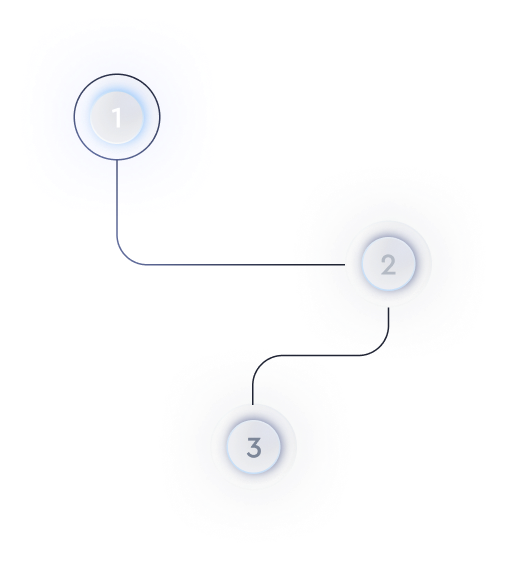What are the best Image Optimization techniques for websites?
Image optimization is a critical aspect of web performance strategy. Optimizing images can significantly improve the speed at which a website loads, enhancing user experience and boosting search engine rankings.
Compression Techniques
Lossless Compression: This technique reduces file size without any loss in image quality. Use tools like PNGGauntlet or ImageOptim that are adept at removing unnecessary metadata and compressing images without sacrificing clarity.
Lossy Compression: This balances image quality and file size by discarding some non-essential data. JPEG is a common lossy format. Tools such as JPEGmini or TinyJPG are excellent for minimizing size while maintaining quality.
Right Format Selection
Select the appropriate format: Choose the right format based on the use case. JPEG is ideal for photos; PNG works well for images requiring transparency and SVG is optimal for vector graphics and sharp scaling details.
Utilize Modern Image Formats
WebP: This format often provides superior compression, reducing file size compared to JPEG and PNG without significant quality loss. Consider converting images to WebP for faster loading times.
AVIF: A newer image format that delivers even better compression rates than WebP, offering another option for developers aiming to optimize image loading.
Image Dimensions & Resolution
Resize Images Prior to Upload: Ensure that images are optimized specifically for where they'll appear on your website. Eliminate unnecessary resolution that browsers must otherwise scale down, which saves bandwidth and increases load speeds.
Use of Content Delivery Networks (CDNs)
Distribute your images via a CDN: A CDN caches content at server locations geographically closer to users, facilitating quicker load times. Leveraging a CDN, like Cloudflare or Amazon CloudFront, for image delivery optimizes both performance and reliability.
Lazy Loading Images
Implement Lazy Loading: Load images only as they are required, particularly important for sites with heavy graphical content. This practice delays loading of offscreen images, reducing initial load time and conserving bandwidth.
Caching Strategies
Cache images effectively: Utilize browser caching techniques by setting appropriate cache headers and expire directives, allowing browsers to store resources locally and avoid unnecessary network requests on subsequent visits.
Image Sprites
Combine images with CSS Sprites: Consolidate multiple images into a single file and adjust the display using CSS. This technique minimizes HTTP requests and speeds up page load times by loading a single image instead of multiple separate ones.
Use of CSS for Background Effects
Create effects using CSS: Reduce the number of image files by using CSS to simulate gradients, shadows, or patterns. This approach not only optimizes loading speed but also maintains scalability across devices without image files.
Incorporating these image optimization techniques ensures faster page loading times, an improved user experience, and favorable positioning in search engine results. Always remember, the goal is to deliver crisp and clear images while minimizing load impact on your website.

